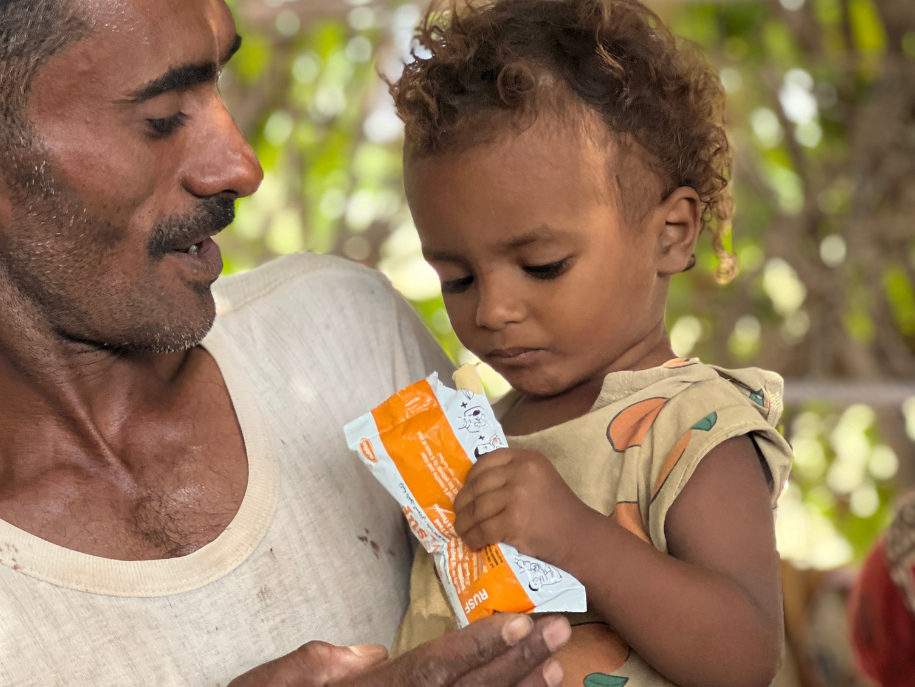This year, the world is set to face unprecedented humanitarian challenges, with an estimated 300 million people requiring assistance and protection. These needs are driven by three main factors: escalating conflicts, the intensifying global climate emergency, and economic dynamics.
Some countries exhibit decreased identified needs due to systemic improvements, post-crisis recovery, and enhanced needs analysis methodologies. Somalia and Yemen showcase progress following the adoption of JIAF 2.0 (the new Joint and Intersectoral Analysis Framework), enabling more precise targeting of those in critical need. But many other countries continue to grapple with pressing humanitarian issues.
Regional Hotspots – the numbers
The demand for humanitarian aid is particularly acute across several regions this year. East and Southern Africa stand out, with 74.1 million people in need of assistance. A substantial portion of this can be attributed to the Sudan crisis, which is the cause for around 40% of these people requiring aid. Notably, the number of people with humanitarian needs in Sudan has surged from 15.8 million people in 2023 to a staggering 30 million in 2024 which is more than half of the population. Similarly, crises in Burkina Faso and Niger have expanded, intensifying the humanitarian needs in West and Central Africa, where a total of 65.1 million people are projected to require assistance in 2024.
The Middle East and North Africa need assistance for an estimated 53.8 million individuals, with the Syria crisis alone accounting for 60% of that. The Afghanistan crisis is also significant to the high number of people in need, causing 30.6 million individuals to need assistance.
Eastern Europe continues to grapple with the consequences of the war in Ukraine, leaving 16.8 million individuals in need.
Drivers of Humanitarian Needs
These humanitarian crises are fuelled by several interconnected factors, namely conflicts, the climate crisis, and economic dynamics which lead to increased displacement and food insecurity as well as health challenges.
Prolonged conflicts, notably in Sudan and the Israel-Gaza region, have dire consequences for civilians and especially children. Globally almost 20% of children are living amidst or are fleeing conflict zones. You can read more about the situation of children in conflict zones in this blog.
The climate emergency is another increasingly significant factor as it continues its upward trajectory, with 2023 being the hottest year on record. From 2021 to 2022 we already saw a 45% surge in internal displacement due to climate change and as the impacts of the climate crisis intensify, this number keeps growing.
Health challenges persist, with cholera outbreaks reported in 29 countries, intensifying due to strained healthcare systems. Climate phenomena such as El Niño further exacerbate health issues, particularly in crisis-affected communities with low vaccination rates.
Economic dynamics intertwine with conflicts, climate disasters, and infectious disease outbreaks, further worsening crises in countries like Afghanistan, Syria, and Venezuela.
Displacement and food insecurity have reached alarming levels globally, with over 1 in 73 people forcibly displaced, marking the highest level since 2000. Acute food insecurity affects 258 million people across 58 countries, with Burkina Faso, Mali, Occupied Palestinian Territory, South Sudan, and Sudan facing the most severe concerns.
Humanitarian Response and Funding
To address the staggering needs, the UN and partner organizations have called for $46.4 billion to assist 180.5 million individuals across 72 countries in 2024. Enhancing the humanitarian response in 2024 necessitates a focus on local and national actors in humanitarian efforts, ensuring people-centric responses.
MOAS in 2024
MOAS is going to continue harnessing its resources to support those who are suffering from humanitarian crises. We will continue to be active on the frontlines in Ukraine, where our team is providing vital medical aid. Further, we are committed to continue providing nutritional and medical aid. Our shipment of therapeutic food is currently being distributed in Sudan and medical supplies are on their way to the country.
MOAS will also continue to support fire safety and flood response trainings in refugee camps to minimize the risk of disaster and save lives. Finally, MOAS will continue to respond to newly arising humanitarian needs around the world.
Final thoughts
In facing the escalating humanitarian challenges of 2024, international collaboration is important. Prioritizing localized, people-centred responses is imperative to address growing needs and foster resilience in crisis-affected regions. Upholding the support of local actors, emphasizing accountability, and pursuing diplomatic solutions are key to shaping a more sustainable and effective humanitarian response. We at MOAS are committed to doing our part in supporting those affected by crisis.
If you are interested in the work of MOAS and our partners, please follow us on social media, sign up for our newsletter and share our content. You can also reach out to us at any time via [email protected]. If you want to support our operations, please give what you can at www.moas.eu/donate.


